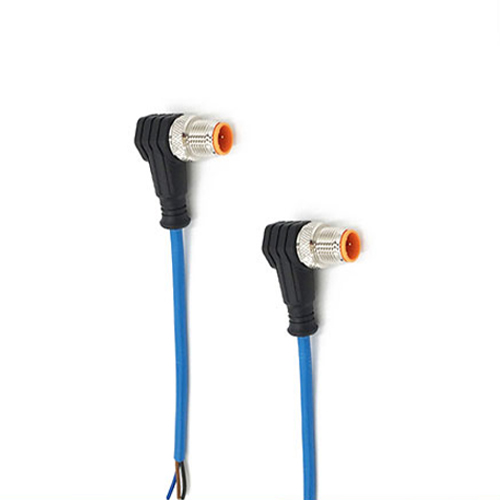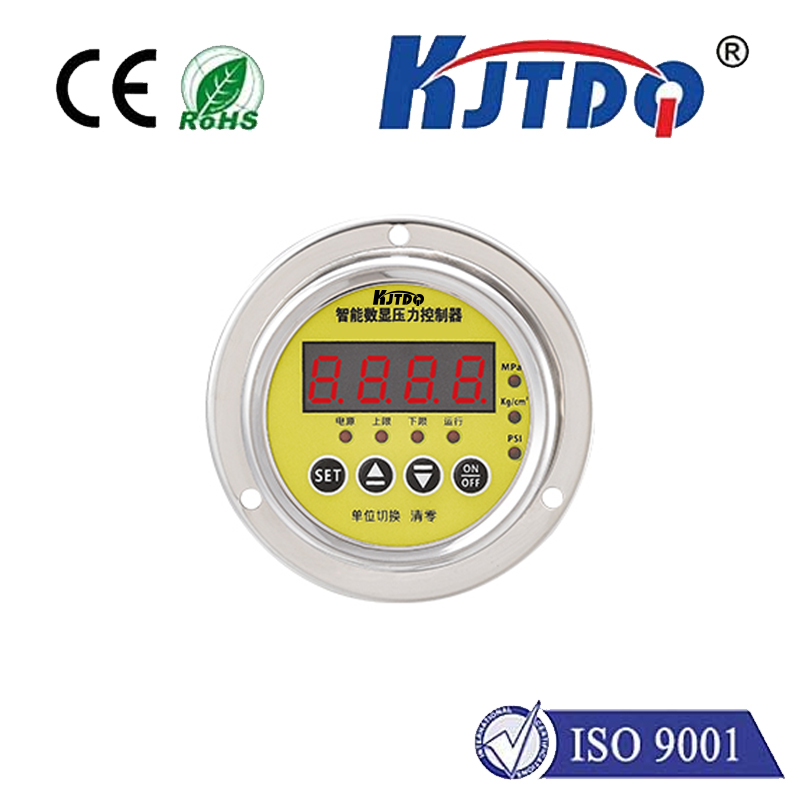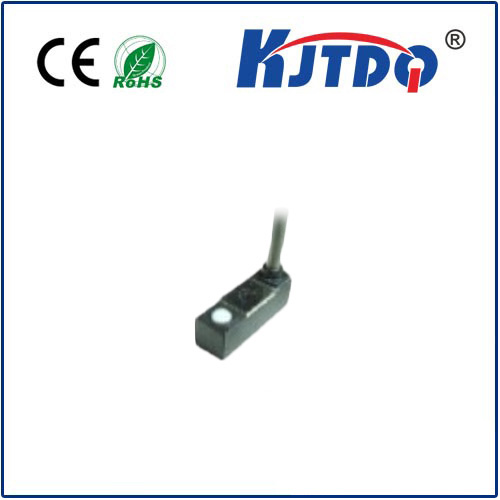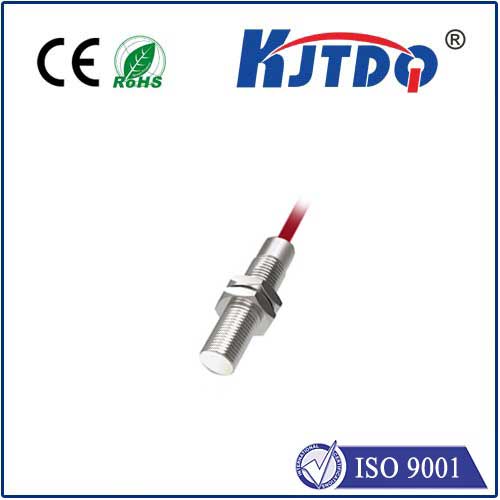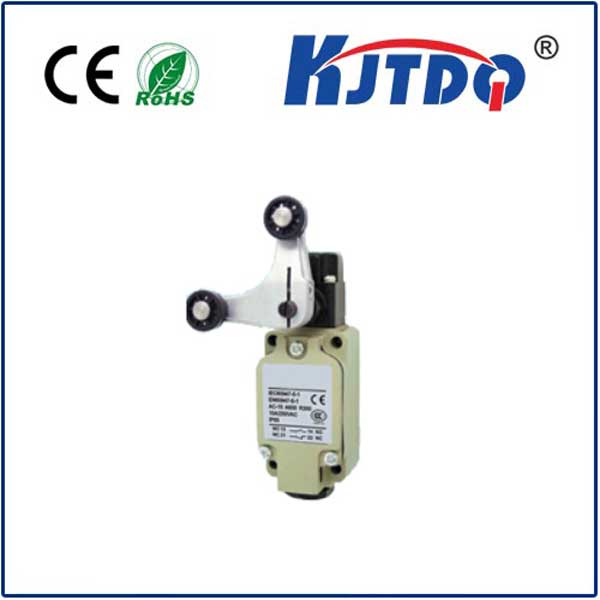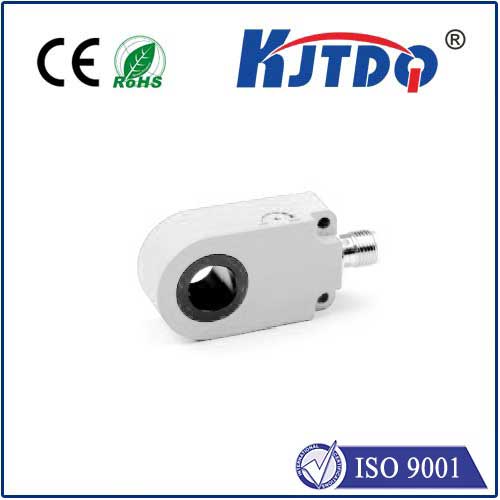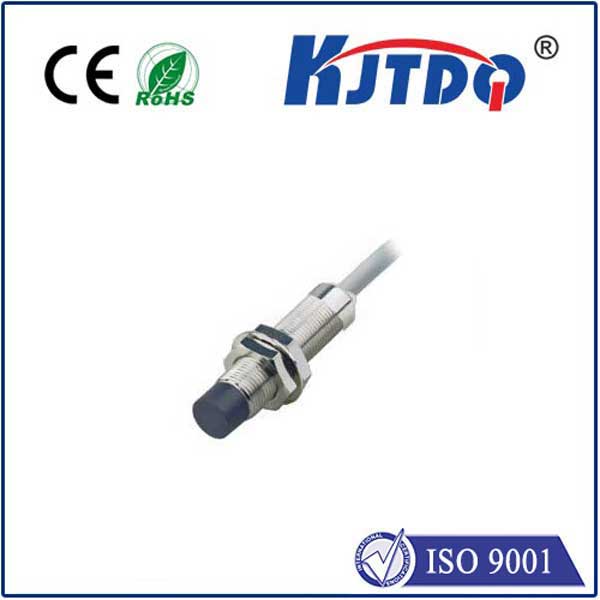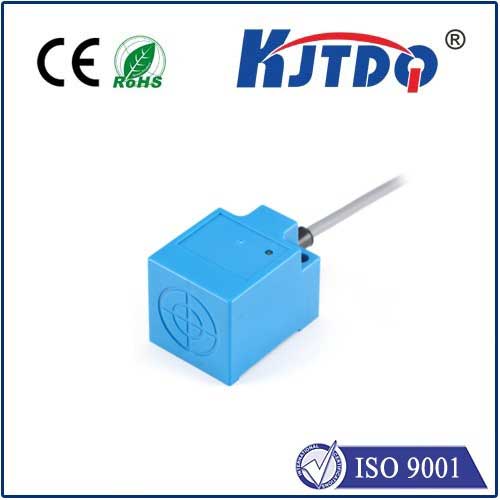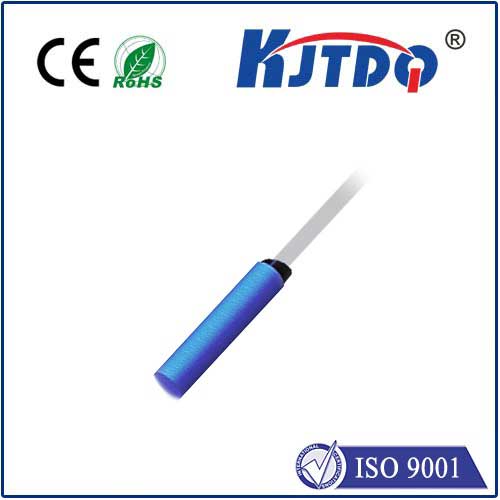omron capacitive sensor
- time:2025-07-02 04:01:16
- Click:0
Omron Capacitive Sensors: Silent Sentinels Powering Modern Automation
In the intricate dance of modern industrial automation, countless unseen components work tirelessly to ensure precision, safety, and efficiency. Among these silent workhorses, Omron capacitive sensors stand out as exceptionally versatile and reliable performers. Moving beyond the limitations of mechanical switches or the specific requirements of photoelectrics, these sophisticated devices offer non-contact detection of a vast spectrum of materials, solidifying their position as indispensable tools across manufacturing, packaging, food processing, and beyond.
Understanding the Capacitive Principle: Simplicity Meets Sophistication
At their core, capacitive sensors operate on a fundamental principle of physics: capacitance. Capacitance is the ability of a system to store an electrical charge. An Omron capacitive sensor essentially functions as one plate of a capacitor. The sensor’s face (or electrode) generates an electrostatic field. When a target object enters this field, it effectively becomes the second plate of the capacitor, altering the capacitance value. The sensor’s internal circuitry is finely tuned to detect this specific change. Once the change exceeds a predefined threshold – the sensitivity setting – the sensor’s output switches state, signaling the presence or absence of the object.
What makes this principle so powerful is its material-agnostic nature. Unlike inductive sensors that only detect metals, Omron capacitive sensors can reliably sense a breathtakingly wide array of substances:
- Liquids: Water, oils, chemicals, beverages (ideal for tank level control).
- Solids: Wood, plastic, glass, paper, cardboard, powders, granules (perfect for packaging lines).
- Metals: All types, similar to inductive sensors but often with different mounting or range requirements.
- Compounds: PVC, rubber, foam.
Why Omron Capacitive Sensors Rise Above the Rest

While the capacitive principle is universal, Omron has honed this technology to deliver exceptional performance and reliability, making their sensors a preferred choice for demanding applications:
- Exceptional Environmental Resilience: Omron designs its sensors to withstand harsh realities:
- Robust Construction: Resistant to dust, dirt, splashing water, and chemical vapors (common IP67/IP69K ratings).
- Temperature Stability: Consistent performance across wide operating temperature ranges.
- EMI Resistance: Engineered to resist electromagnetic interference common in industrial settings.
- Unparalleled Detection Flexibility:
- Adjustable Sensitivity: Most Omron capacitive sensors feature a potentiometer or teach-in function, allowing operators to fine-tune the sensing distance and ignore background materials (e.g., detect liquid level through a plastic container wall while ignoring the container itself). This is crucial for applications like detecting film layers or powder levels in bins.
- Shielded vs. Unshielded Options: Shielded sensors offer flush mounting capabilities and a more focused field, while unshielded versions provide longer sensing ranges. Omron provides both to suit specific mounting constraints and detection needs.
High Precision and Speed: Capable of detecting minute changes and operating at high switching frequencies, making them suitable for high-speed production lines and delicate positioning tasks.
Long Operational Life: Being solid-state devices with no moving parts, Omron capacitive sensors offer significantly longer lifespans than mechanical switches, reducing maintenance costs and downtime.
Smart Features & Diagnostics: Advanced Omron models incorporate features like IO-Link communication. This enables:
- Remote configuration and monitoring.
- Parameter backup and device replacement without reprogramming.
- Enhanced diagnostics and predictive maintenance capabilities.
- Integration with Omron’s innovative Smart Monitor solutions for visualizing sensor status across the factory floor.
Illuminating Applications Across Industries
The unique strengths of Omron capacitive sensors translate into solutions for countless challenges:
- Level Detection: Crucially monitoring fill levels of liquids, grains, powders, or pellets in tanks, hoppers, silos, and bottles – even through non-metallic walls. Preventing overfills and run-outs is essential for process control and safety.
- Presence/Absence Verification: Confirming the presence of lids on containers, product in trays or blister packs, labels on bottles, or even detecting missing tablets in pharmaceutical packaging.
- Liquid Presence: Detecting leaks, verifying coolant flow in machining centers, or ensuring adhesive is present during dispensing processes.
- Thickness Monitoring: Sensing multiple layers of material, such as multiple sheets of paper, cardboard, or thin films.
- Object Counting: Reliably counting bottles, cans, bags, or parts moving on a conveyor belt.
- Position Control: Detecting the precise position of non-metallic objects within machinery.
- Food & Beverage Safety: Hygienic designs and materials suitable for direct or indirect contact zones, detecting fill levels or closures reliably.
Selecting and Integrating Effectively
To maximize the performance of Omron capacitive sensors, consider these key factors during selection and installation:
- Target Material: Different materials (conductive vs. non-conductive) significantly affect sensing distance.
- Sensing Distance: Choose a sensor with an adequate nominal sensing range (Sn) for your specific target and mounting constraints. Remember, the effective sensing distance can be less than Sn for non-metallic targets.
- Mounting and Environment: Ensure the sensor body and connection method (cable or connector) are suitable for the IP rating required and the physical space. Consider temperature extremes and potential chemical exposure.
- Output Type: Standard options include NPN (sinking) or PNP (sourcing) transistor outputs. Select based on your PLC or controller input requirements. IO-Link models offer digital and analog data over a single cable.
- Sensitivity Adjustment: Utilize the adjustment feature meticulously during commissioning to optimize detection and avoid false triggers caused by the container or background.
By implementing Omron capacitive sensors strategically, engineers and technicians unlock a world of reliable, non-contact detection capabilities. They bridge the gap where other technologies falter, ensuring smooth operations, stringent quality control, and robust safety measures. From verifying the seal on a medicine bottle to guaranteeing the precise fill level in a chemical drum or counting thousands of packages per hour, these sensors operate quietly but indispensably, forming the bedrock of countless automated processes that define modern manufacturing efficiency.






